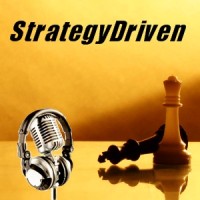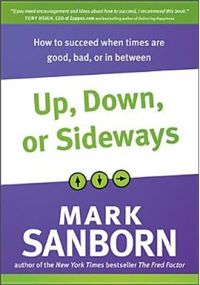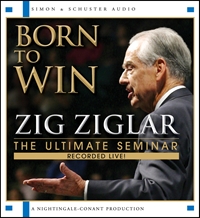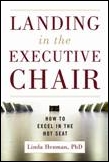StrategyDriven Podcast Special Edition 62 – An Interview with Mark Sanborn, author of Up, Down, or Sideways

Special Edition 62 – An Interview with Mark Sanborn, author of Up, Down, or Sideways explores the actions everyone can take to achieve sustainable success, as they define it, regardless of their circumstances. During our discussion, Mark Sanborn, author of Up, Down, or Sideways: How to succeed when times are good, bad, or in between, shares with us his insights and experiences regarding:
the difference between sustainable success, dumb luck, and informed misfortune
- the three key, overarching actions one must engage in to achieve sustainable success
- the barrier to sustainable success most people create for themselves and how to overcome it
- the secret ingredient to achieving sustainable success
Additional Information
In addition to the outstanding insights Mark shares in Up, Down, or Sideways and this special edition podcast are the resources accessible from his website, www.MarkSanborn.com. Mark’s book, Up, Down, or Sideways
, can be purchased by clicking here
.
Final Request…
The strength of our community grows with the additional insights brought by our expanding member base. Please consider rating us on iTunes by clicking here. Rating the StrategyDriven Podcast and providing your comments online improves our ranking and helps us attract new listeners which, in turn, helps us grow our community.
Thank you again for listening to the StrategyDriven Podcast!
About the Author

, is the New York Times bestselling author of The Fred Factor
as well as six other popular books. He is the president of Sanborn and Associates, Inc., an idea studio dedicated to developing leaders in business and in life. Mark is a noted authority and in-demand speaker on leadership, customer service, and extraordinary performance. To read Mark’s complete biography, click here.
Podcast: Play in new window | Download (Duration: 19:25 — 26.7MB)
Subscribe: RSS



 Jeff Kortes is known as the ‘No Nonsense Guy.’ He is the President of Human Asset Management LLC, a human resource consulting firm specializing in executive search and leadership training. He has trained hundreds of first-line supervisors, managers, and executives during his career. His approach to training is no-nonsense, and practical.
Jeff Kortes is known as the ‘No Nonsense Guy.’ He is the President of Human Asset Management LLC, a human resource consulting firm specializing in executive search and leadership training. He has trained hundreds of first-line supervisors, managers, and executives during his career. His approach to training is no-nonsense, and practical. Some find it very uncomfortable to “blow their own horn.” They shy away from the public spotlight and, instead, derive their own sense of accomplishment through simply being acknowledged for a job well done.
Some find it very uncomfortable to “blow their own horn.” They shy away from the public spotlight and, instead, derive their own sense of accomplishment through simply being acknowledged for a job well done.
 For more than 30 years, Linda Henman has helped leaders in Fortune 500 Companies, small businesses, and military organizations define their direction and select the best people to put their strategies in motion.
For more than 30 years, Linda Henman has helped leaders in Fortune 500 Companies, small businesses, and military organizations define their direction and select the best people to put their strategies in motion.